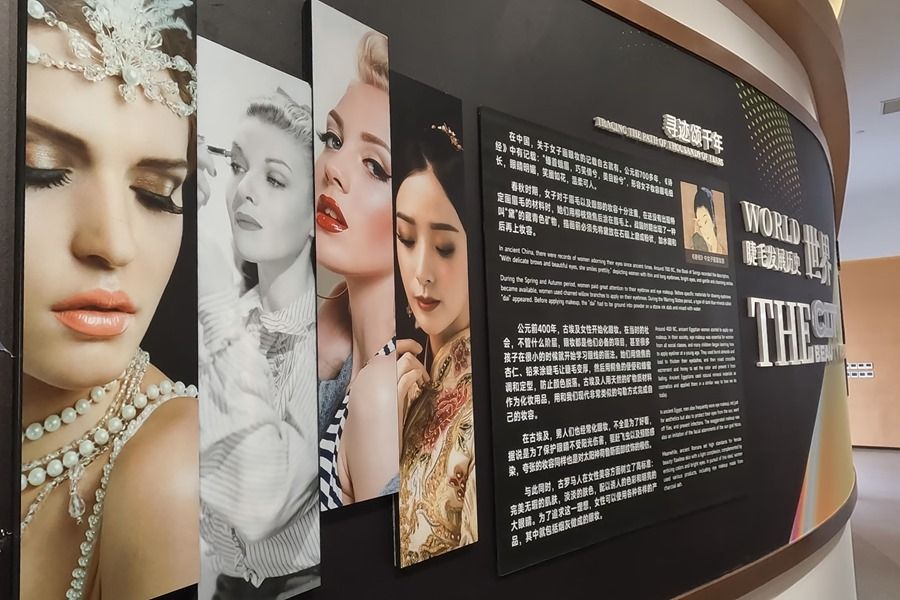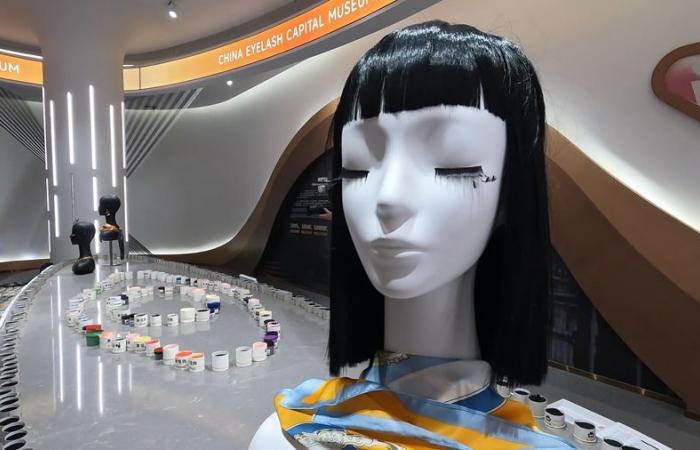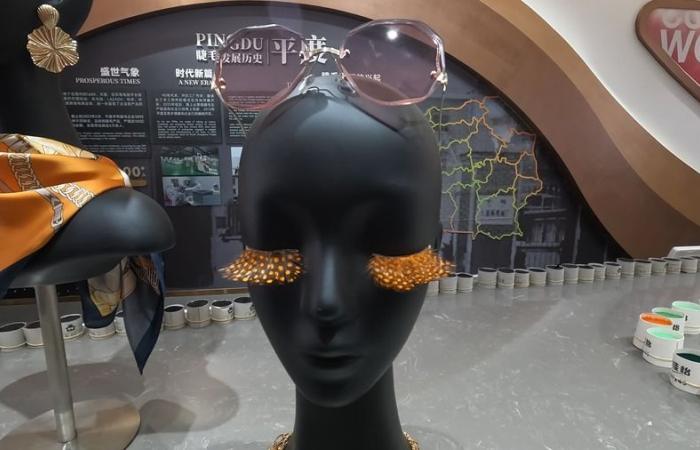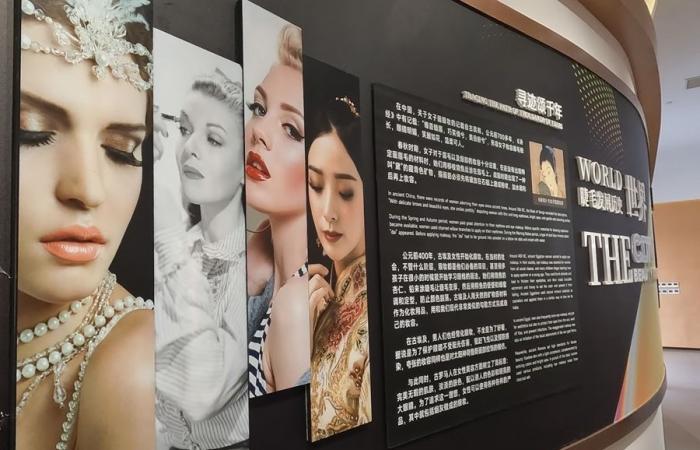Guillermo Benavides |
Qingdao, June 15 (EFE).- The capital of China’s false eyelash industry, located in the municipality of Pingdu and which accounts for 70% of the world’s production of this item, is modernizing these days while planning its future for connect more efficiently with the rest of the world.
To do this, as in other industrial sectors of the Asian giant, the authorities have taken advantage of the growth of a product in an area to go from artisanal manufacturing and service to developing a city focused on eyelashes with hundreds of still empty stores looking for fake products. with which to fill your shelves.
Because the Beauty Industrial Park in Pingdu, under the direct administration of the city of Qingdao (eastern province of Shandong), once again illustrates China’s optimistic vision of the future, where planning often precedes the market.
A beauty center in development
The area, of 20.5 hectares and 80,000 square meters built, hopes to house more than 700 companies in the sector to become the heart of the false eyelash industry in China.
Although it still needs a continuous pumping of people and goods to come to life, the most optimistic forecasts of those in charge estimate that it will generate an annual production of 3,000 million yuan (414 million dollars, 383 million euros), 150 million yuan in benefits and taxes ($20.7 million, 19.1 million euros), and 10,000 new jobs when it begins to fully operate.
However, the industrial park, which seeks to go beyond traditional manufacturing and become a center of innovation and development for the beauty industry, is far from operating at full capacity.
“There is no fixed number of clients. There are very crowded days and others when almost no one comes,” the owner of one of the few active stores in the place, which has been open for a year, told EFE, adding that Europeans and Americans are its main markets.
From willow branches to magnetic hair
The fascination with long, bold eyelashes dates back thousands of years. In ancient China, women used charred willow branches to lengthen and darken their eyelashes, while ancient Egypt used cosmetic mixtures with ingredients such as burnt almonds, lead and crocodile excrement.
The invention of modern false eyelashes, magnetized and made from human hair, is credited to American film makeup artist William Beldue in the 1920s, but they gained popularity thanks to icons such as Twiggy and Audrey Hepburn in the 1960s and 1970s.

Pingdu entered this industry when Korean companies introduced this technology there in the 1970s.
Today, the municipality is home to more than 3,895 eyelash companies, which represent more than 80% of the total national production, and 70% worldwide, in addition to generating an annual manufacturing value of 10,000 million yuan (1,379 million dollars, 1,276 million euros), according to data from the authorities.
Preliminary statistics show that of that 70%, 15% go to Europe, while 10% go to South America and 25% are destined for North America.
Automation as the future
One of the challenges facing the false eyelash industry in Pingdu is the dependence on raw materials from other regions of China, something it seeks to solve by attracting companies that produce basic resources such as chemical fiber silk to its facilities.
“The mechanization of eyelash manufacturing is the next step to take,” Yang Yanyong, deputy general director of operations of the industrial park, tells EFE, while showing a group of journalists the old machinery for the process.
“Previously eyelashes were made exclusively by hand and there were many problems, such as production efficiency, so now we will focus on smart manufacturing, including the introduction of dust-free workshops that allow consumers to experience better products,” Yang added.
Aside from automation, the digitalization of production processes is also a key step to “continue to increase efficiency, reduce costs and improve the quality of the final product,” according to the producers.
They are also working to expand their presence in international markets through e-commerce and platforms such as Alibaba, Amazon, TikTok and Google, among others.
“Consumers say that once you use false eyelashes, it is difficult to stop using them, so they immediately become a daily consumable,” says Yang, convinced of the future of the industry at Pingdu, which launches new products every one or two months to meet demand.








